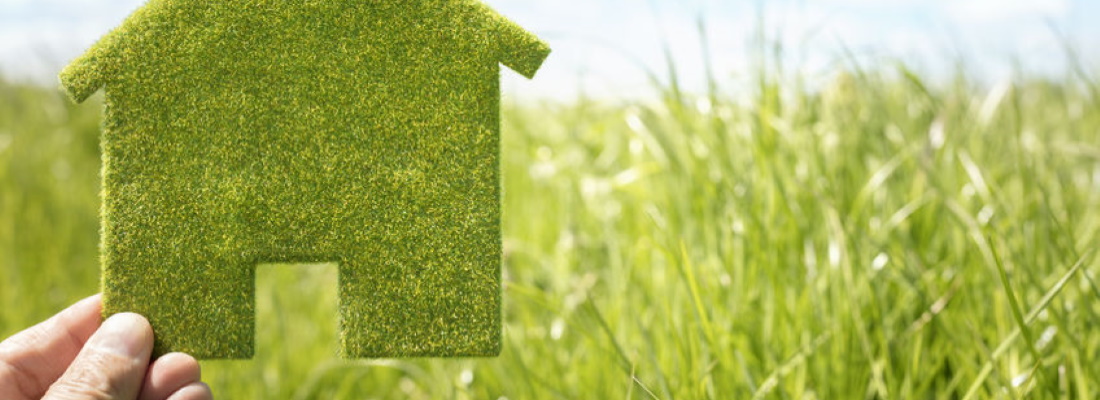Since the dawn of man, we humans have had to observe nature to work out how to survive within it. Observing nature, we imitate, synthesise and process what we see and thus, you will encounter many a similarity between man-made designs and nature. In this article, we’ll explore how biomimicry, a term that has been around since the end of the 1900s, is shaping the future design of our buildings.
Biomimicry – a definition
With its literal meaning being ‘imitation of the living’, biomimicry in architecture means that structures and building design is inspired by nature – concepts that we know work in the natural environment and adopt in our own man-made designs. When a design uses biomimicry, it will be more sustainable, more resilient and more efficient.
The idea of biomimicry is that plants, microorganisms and animals themselves are all experienced engineers. They all know what is appropriate, what works and what lasts on our planet. The biomimicry approach to design and construction is that if something didn’t work in the past, has become a fossil and so if you can see it around you, that is the secret.
Man-made, inspired by the natural world
Architects are constantly looking for ways in which to improve their designs. In nature, evolution has the huge benefit of having millions of years of perfecting designs and so it is only logical that the man-made world draws influence from nature. Here are some examples:
Wind turbines
Despite weighing in at 35 tonnes, a humpback whale is a very elegant jumper, diver and swimmer. The tubercles (bumpy protrusions) on the whale’s fins are not just there by circumstance. In fact, these tubercles, help the humpback whale to have such great aerodynamics. A whale uses its fins to increase its lift by steepening the angles. However, if there is too much tilt, the whale will stall – there will be a loss of lift because of eddies and turbulence. Studies showed that stalling occurred at a higher angle when a whale’s fin had tubercles. This is highly beneficial for the whale because it means it can move in tighter circles and trap their prey in a bubble ‘net’.
This discovery has now reached man-made objects: wind turbines. It has been revealed that when wind turbines have serrated edges, they are quieter and more efficient. Wind turbines aren’t the only products using this tubercle technology – there are irrigation and ventilation pumps also using this technology.
Biomimetic Architecture
One of the best examples of biomimicry in architecture is Zimbabwe’s Eastgate Centre. This is the largest shopping mall and office in the country yet it uses no conventional heating or air-conditioning. Its temperature is always regulated, however.
The building’s inspiration was termite mounts. These demonstrate an ingenious way of self-cooling because of how they are ventilated. The termite mound has a process whereby vents open and close through the mound to regulate the currents of air. The Eastgate centre mimicked this design in how it draws in air and cools/warms it with the mass of the building. This process depends on whether the building or the air is hotter. Apparently, this building consumes 10% less energy than similar buildings.
How is biomimicry changing how we design buildings of the future?
Recently, bioengineers have been making samples of eggshells and artificial bone. While only a few centimetres long, there is the hope that someday this nature-inspired material will be used to build skyscrapers and high-rise buildings.
This is only one of the ways in which scientists are looking towards nature to combat some problems we have in society – things like building sustainable cities and combatting climate change.
Biomimicry can be used to design cities where the buildings are able to withstand storms and other extreme weather events by looking at how forest ecosystems manage to thrive.
Engineers believe that biomimicry is where we need to go with our built environment. If we can function like a natural ecosystem then we can be much more sustainable.
Trying to mimic the formation of bones for building materials might make substances more sustainable than steel and concrete, for example. Alone, the concrete industry accounts for up to 10% of all CO2 emissions around the world. This is partly due to the fact that cement needs a high temperature for it to be produced. With natural materials, they can be made at body temperature or room-temperature and therefore don’t need this huge outlay of energy
What makes natural substances strong?
Natural substances like eggshell and bone are strong by nature. Gram for gram, bone is a stronger substance than steel. Eggshell, on the other hand, is very lightweight but is hard to get into and crack open. These characteristics are down to the makeup of proteins and minerals. Protein is what makes things light while minerals make the bone resistant to breaking and stiff.
Concluding thoughts
The way we build houses could change in the future as biomimicry becomes more commonplace, as could transit networks. Inspiration comes from anywhere natural – plants, insects, slime, the human body or entire ecosystems. It certainly is an exciting time for architects working on biomimicry in their designs.


